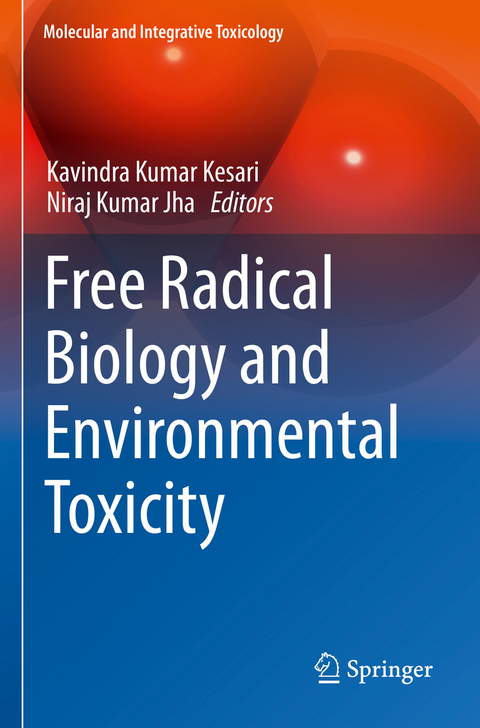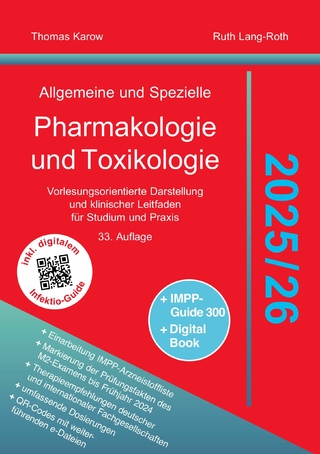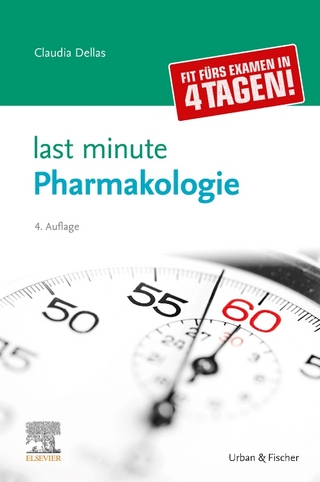
Free Radical Biology and Environmental Toxicity
Springer International Publishing (Verlag)
978-3-030-83448-7 (ISBN)
The main aim of this book is to collect a series of research articles and reviews from a diverse group of scientists to share their research work on the role of free radical research and environmental toxicity. This book presents various state-of-the-art chapters of recent progress in the field of cellular toxicology and clinical manifestations of various disorders. Topics include cell signaling, various risk factors, the pathophysiology of disease instigation and distribution, mechanistic insights into metal and nanoparticle toxicity, neural toxicity, nongenotoxic carcinogenicity, immune and idiosyncratic toxicity, prevention, biomarkers related to disease progression and therapeutic strategies. In particular, this book provides valuable insight for researchers, pathologists, and clinicians with an interest in toxicological research and cellular impairments with special emphasis on therapeutic advancement.
Dr. Kavindra Kumar Kesari is currently working as Senior Scientist in the Department of Bioproducts and Biosystems, School of Chemical Engineering at the Aalto University, Espoo, Finland. He obtained Doctoral, Master, and Bachelor degrees in Biotechnology from India. He received Junior and Senior Research fellowships during his Doctoral studies at Jawaharlal Nehru University, New Delhi, India. He served as an Assistant Professor position at Jaipur National University, Jaipur, India. He obtained his first Postdoctoral research from University of Eastern Finland, Kuopio, Finland. Currently, he is working on cell ultrastructure study with micro & macro spectroscopic techniques. His work mainly aimed to explore the fundamentals of cell wall ultrastructure of woody & non-woody materials and their applications in biomedical research. His study also explores the medicinal applications of plant derived bioactive compounds and nanoparticles for disease treatment. Kesari, actively involved working in cell and cancer biology research with focus on qualitative and quantitative measurements by applying in vitro, in vivo & biocomputational methods. He is leading researcher of radiation biology. He has developed various methods for animal exposure to radiations and therapeutic measures including brain and reproductive related diseases. Kesari, actively working on the neurological diseases with focus on environmental toxicology and oxidative stress. He has published over 80 papers in reputed scientific journals, 25 book chapters, 5 books and presented over 30 papers at national and international scientific meetings. His Hirsch index (h-index) as of August 2021 is 29 on Google Scholar, 24 on Scopus. Kesari served as subject expert for many International committee and also Editorial board member and reviewer of repute. He has edited special issues in many journals like, Antioxidants and Genes (MDPI) and ESPR (Springer). Kesari has conducted several research projects and guided doctoral students. He has received four times young scientist award and international travel award. Dr. Niraj Kumar Jha presently is working as an assistant professor at Sharda University. He is a former assistant professor of the faculty of biotechnology, Noida Institute of Engineering and Technology (NIET), affiliated with Abdul Kalam Technical University (AKTU). He holds a doctorate in biotechnology from Delhi Technological University and a postgraduate degree in biotechnology from Vellore Institute of Technology. During the doctorate program, DBT granted him a fellowship as a financial boost to accomplish research work. He has published over 50 quality scholarly work and 5 book chapters in prestigious international journals and presented over 10 research papers in top national and international conferences. He is an editorial board member of various high repute international journals and assisted significantly in reviewing articles of many international journals such as Scientific reports, Life sciences, European journal of pharmaceutical sciences and Journal of food biochemistry. Currently, he is also serving as a guest editor for various top journals of international repute including Antioxidants, Environmental science and pollution research and Immuno. He has executed various research projects and supervised several doctoral scholars, masters, and bachelor students. His vast research expertise covers the areas of Natural products, Cell signaling and Disease. @font-face {font-family:"Cambria Math"; panose-1:2 4 5 3 5 4 6 3 2 4; mso-font-charset:0; mso-generic-font-family:roman; mso-font-pitch:variable; mso-font-signature:3 0 0 0 1 0;}@font-face {font-family:Calibri; panose-1:2 15 5 2 2 2 4 3 2 4; mso-font-charset:0; mso-generic-font-family:swiss; mso-font-pitch:variable; mso-font-signature:-469750017 -1073732485 9 0 511 0;}@font-face {font-family:"Palatino Linotype"; panose-1:2 4 5 2 5 5 5 3 3 4; mso-font-charset:0; mso-generic-font-family:roman; mso-font-pitch:variable; mso-font-signature:-536870265 1073741843 0 0 415 0;}p.MsoNormal, li.MsoNormal, div.MsoNormal {mso-style-unhide:no; mso-style-qformat:yes; mso-style-parent:""; margin-top:0cm; margin-right:0cm; margin-bottom:8.0pt; margin-left:0cm; line-height:107%; mso-pagination:widow-orphan; font-size:11.0pt; font-family:"Calibri",sans-serif; mso-ascii-font-family:Calibri; mso-ascii-theme-font:minor-latin; mso-fareast-font-family:Calibri; mso-fareast-theme-font:minor-latin; mso-hansi-font-family:Calibri; mso-hansi-theme-font:minor-latin; mso-bidi-font-family:"Times New Roman"; mso-bidi-theme-font:minor-bidi; mso-fareast-language:EN-US;}.MsoChpDefault {mso-style-type:export-only; mso-default-props:yes; font-size:11.0pt; mso-ansi-font-size:11.0pt; mso-bidi-font-size:11.0pt; font-family:"Calibri",sans-serif; mso-ascii-font-family:Calibri; mso-ascii-theme-font:minor-latin; mso-fareast-font-family:Calibri; mso-fareast-theme-font:minor-latin; mso-hansi-font-family:Calibri; mso-hansi-theme-font:minor-latin; mso-bidi-font-family:"Times New Roman"; mso-bidi-theme-font:minor-bidi; mso-ansi-language:FI; mso-fareast-language:EN-US;}.MsoPapDefault {mso-style-type:export-only; margin-bottom:8.0pt; line-height:107%;}div.WordSection1 {page:WordSection1;}
Male infertility: a complete guide to lifestyle and environmental factors.- Use of folic acid in the treatment of oxidative-stress associated male infertility: a myth or reality?.- Methylglyoxal induced mitochondrial perturbation and neuronal toxicity in Alzheimer disease.- Free radicals-mediated oxidative damage in memory loss: Are antioxidant therapies useful?.- ROS-induced neural toxicity in Parkinson's Disease.- Cyclin-dependent Kinase in oxidative stress and development of cancer.- Radiation induced free radical formation lead to head and neck cancer.- Pathophysiology of radiations: Radiofrequency electromagnetic radiation oxidative stress and carcinogenesis.- Heavy metal contamination induced oxidative tress lead to neurodegenerative diseases.- Networking of nanoparticles toxicity in environment and possible role of ROS in disease mechanism.- Free radicals and microbes in nature.- Relevance of ROS and NOS in Leishmaniasis: A recent update.- Alcohol-induced neuronal toxicity in Alzheimer disease.
| Erscheinungsdatum | 14.02.2023 |
|---|---|
| Reihe/Serie | Molecular and Integrative Toxicology |
| Zusatzinfo | XIV, 392 p. 71 illus., 47 illus. in color. |
| Verlagsort | Cham |
| Sprache | englisch |
| Maße | 155 x 235 mm |
| Gewicht | 623 g |
| Themenwelt | Studium ► 2. Studienabschnitt (Klinik) ► Pharmakologie / Toxikologie |
| Naturwissenschaften ► Biologie ► Biochemie | |
| Naturwissenschaften ► Biologie ► Zellbiologie | |
| Schlagworte | cellular response to toxins • metal and nanoparticle toxicity • mutagenetic factors • Neurotoxicity syndromes • Reactive oxygen species |
| ISBN-10 | 3-030-83448-4 / 3030834484 |
| ISBN-13 | 978-3-030-83448-7 / 9783030834487 |
| Zustand | Neuware |
| Informationen gemäß Produktsicherheitsverordnung (GPSR) | |
| Haben Sie eine Frage zum Produkt? |
aus dem Bereich


